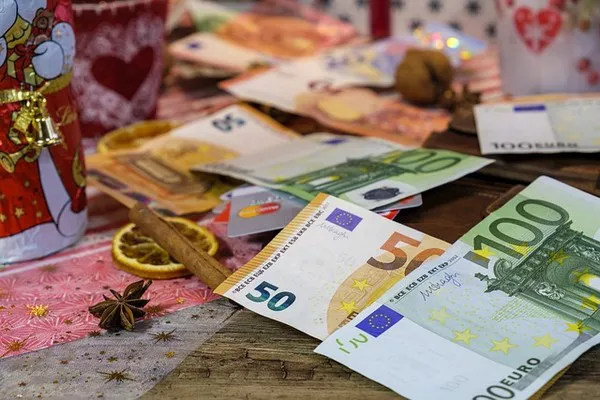During Monday’s European trading hours, the EUR/GBP pair dipped near 0.8540. Despite positive data from the Eurozone’s manufacturing sector, the Euro (EUR) failed to gain traction. Industrial Production, adjusted for seasonal factors, rose by 0.8% month-on-month (MoM) in February, rebounding from a 3.0% decline previously. On an annual basis, the index fell by 6.4% for the same period, a smaller drop compared to the previous decrease of 6.6%.
The EUR faced resistance against the GBP following hints from the European Central Bank (ECB) about potential policy rate cuts in June if underlying inflation continues to slow down as expected. Gediminas Šimkus, a member of the ECB Governing Council, suggested a probability of over 50% for witnessing more than three rate cuts throughout the year, according to Reuters.
On the other hand, the Pound Sterling (GBP) strengthened as market expectations adjusted for interest rate cuts by the Bank of England (BoE). Forecasts now suggest the policy rate could decline to approximately 4.75% by the end of 2024, down from the current 5.25%. This represents a shift from earlier expectations of a drop to 4.5% by December.
Furthermore, hawkish comments from BoE policymaker Megan Greene supported the GBP, adding to pressure on the EUR/GBP cross. Greene emphasized that rate cuts in the United Kingdom (UK) should be viewed as distant possibilities, citing a higher risk of persistent inflation in the country.
Market participants are anticipated to closely monitor the speech by Sarah Breeden, BoE’s Deputy Governor for Financial Stability, at the Innovate Finance Global Summit 2024 on Monday.


